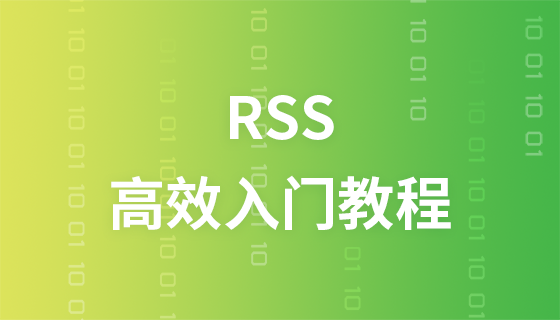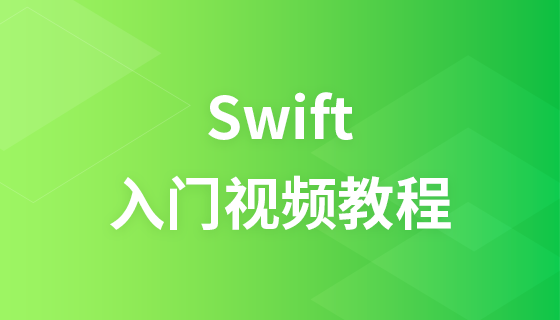JavaScript data types
JavaScript data types have the following types
String
Number
Boolean
Array
Object(Object)
Null
Undefined.
JavaScript has dynamic typing
JavaScript has dynamic typing. This means that the same variable can be used as different types, like this
var x; var x = "John"; // Now x is a string
JavaScript string
Strings are variables that store characters (such as "Bill Gates").
The string can be any text in quotes. You can use single or double quotes:
var carname="Volvo XC60";var carname='Volvo XC60';
You can use quotes within a string as long as it does not match the quotes surrounding the string:
Example<!DOCTYPE html>
<html>
<head>
<meta charset="utf-8">
<title>PHP中文网(PHP.CN)</title>
</head>
<body>
<script>
var carname1="我是双引号";
var carname2='我是单引号';
var answer1="这是正常的";
var answer2="我的名字是 'Johnny'";
var answer3='我的名字是 "Johnny"';
document.write(carname1 + "<br>")
document.write(carname2 + "<br>")
document.write(answer1 + "<br>")
document.write(answer2 + "<br>")
document.write(answer3 + "<br>")
</script>
</body>
</html>
Run the code Try it
JavaScript NumbersJavaScript has only one number type. Numbers can be with or without a decimal point:
var x1=34.00; //Use decimal point to write
var x2=34; // //Do not use decimal point to write
very large or very small numbers It can be written in scientific (exponential) notation:
Example
<!DOCTYPE html> <html> <head> <meta charset="utf-8"> <title>PHP中文网(php.cn)</title> </head> <body> <script> var x1=34.00; var x2=34; var y=123e5; var z=123e-5; document.write(x1 + "<br>") document.write(x2 + "<br>") document.write(y + "<br>") document.write(z + "<br>") </script> </body> </html>
Run the program to try it
JavaScript Boolean
Boolean (logical) can only have two values: true or false.
var x=true;
var y=false;
JavaScript Array
The following code creates an array named cars:
var cars=new Array();
cars[0]="Saab";
cars [1]="Volvo";
cars[2]="BMW";
or (condensed array):
var cars=new Array( "Saab","Volvo","BMW");
or (literal array):
Example
<!DOCTYPE html>
<html>
<body>
<script>
var i;
var cars = new Array();
cars[0] = "Saab";
cars[1] = "Volvo";
cars[2] = "BMW";
for (i=0;i<cars.length;i++)
{
document.write(cars[i] + "<br>");
}
</script>
</body>
</html>Run the program and try it
Tips: Array subscripts are zero-based, so the first item is [0] and the second is [1], so analogy.
JavaScript Objects
Objects are separated by curly braces. Inside the brackets, the object's properties are defined as name and value pairs (name : value). Properties are separated by commas:
var person={firstname:"John", lastname:"Doe", id:5566};
Object in the above example ( person) has three attributes: firstname, lastname and id.
Spaces and line breaks don't matter. The statement can span multiple lines:
var person={
firstname : "John",
lastname : "Doe",
id : 5566
};
Object properties have two addressing methods:
<!DOCTYPE html>
<html>
<head>
<meta charset="utf-8">
<title>php中文网(php.cn)</title>
</head>
<body>
<script>
var person=
{
firstname : "John",
lastname : "Doe",
id : 5566
};
document.write(person.lastname + "<br>");
document.write(person["lastname"] + "<br>");
</script>
</body>
</html>Run the program to try it
Undefined and Null
Undefined This value indicates that the variable does not contain a value.
You can clear a variable by setting its value to null.
<!DOCTYPE html> <html> <head> <meta charset="utf-8"> <title>php中文网(php.cn)</title> </head> <body> <script> var person; var car="Volvo"; document.write(person + "<br>"); document.write(car + "<br>"); var car=null document.write(car + "<br>"); </script> </body> </html>
Run the program to try it out
Declaring variable types
When you declare a new variable, you can use Keyword "new" to declare its type:
var carname=new String;
var x= new Number;
var y= new Boolean;
var cars= new Array;
var person= new Object;
Tips: JavaScript variables are all objects. When you declare a variable, you create a new object.
##














